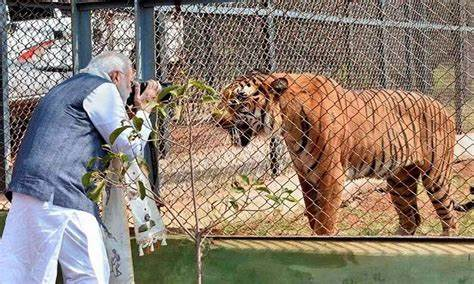In India, the terms "Bofors scandal" and "2G scam" are synonymous with corruption, political intrigue, and monumental financial loss. For decades, these events have been etched into the public psyche as textbook examples of scams that tarnished the nation’s governance. But here’s the twist: the judiciary, after years of investigation and legal scrutiny, has told a different story—one that challenges the popular narrative. Despite the widespread belief that these were clear-cut cases of corruption, the facts and court rulings reveal a more nuanced reality. Let’s dive into the details and bust the misconceptions surrounding these two infamous episodes.
From debunking myths and pseudoscience to analyzing politics, culture, and media narratives, we question assumptions, challenge misinformation, and promote scientific temper.
Thursday, April 3, 2025
The Bofors Scandal and 2G Spectrum Case: Busting the Myth of India’s “Biggest Scams”
Wednesday, April 2, 2025
India’s Demographic Future: Dividend or Disaster?
India stands at a pivotal moment in its demographic journey. With a population of approximately 1.45 billion as of 2024, it is the world’s most populous nation, having surpassed China in 2023. For decades, India’s large and youthful population has been hailed as a potential "demographic dividend"—a window of opportunity where a high proportion of working-age individuals could drive economic growth. Yet, recent trends suggest this advantage may be slipping away, raising the question: Will India’s demography prove to be a dividend or a disaster? To answer this, we must examine India’s Total Fertility Rate (TFR), its implications for the future, and how it compares to China’s demographic trajectory.
- Education and Skills: Only 47% of women and 53% of men aged 20-24 have completed higher secondary education (NFHS-5). The Gross Enrolment Ratio in higher education is 28.4%, far below developed nations. Without upskilling, India’s youth bulge will be unemployable.
- Job Creation: The government’s target of 7.85 million jobs annually is ambitious but achievable with investment in manufacturing, services, and technology. Migration from high-fertility northern states to low-fertility southern ones, as seen in Delhi, could extend the dividend if managed well.
- Aging Preparedness: A TFR of 1.29 by 2050 will shrink the workforce while expanding the elderly cohort. India must emulate Japan’s focus on "active aging"—extending working years and enhancing healthcare—rather than China’s reactive approach.
Rare, old photographs of Narendra Modi
Rare, old photographs of Narendra Modi

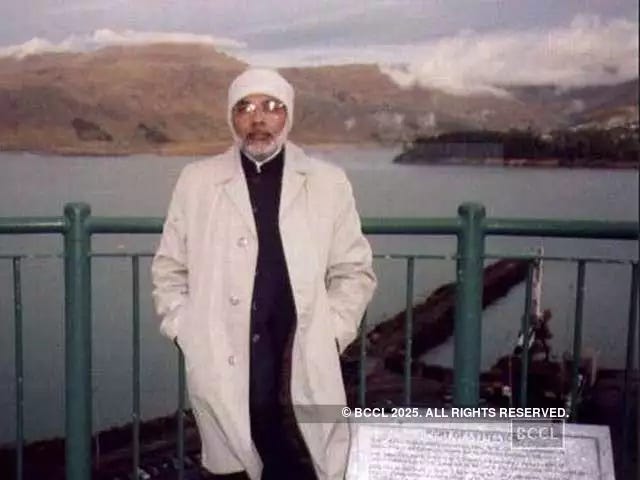

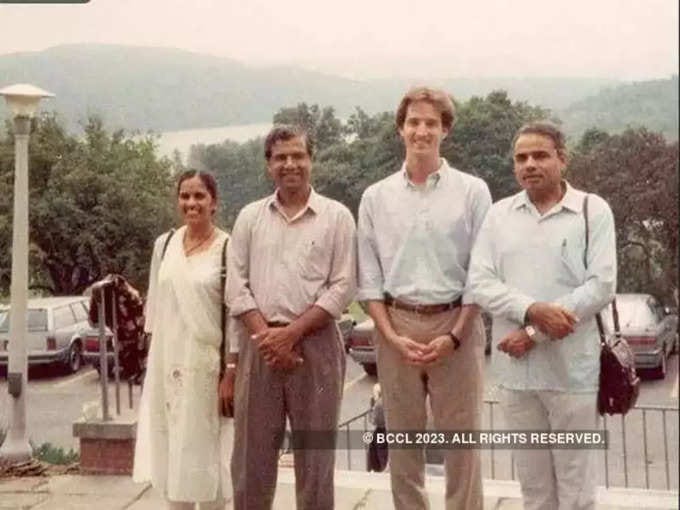
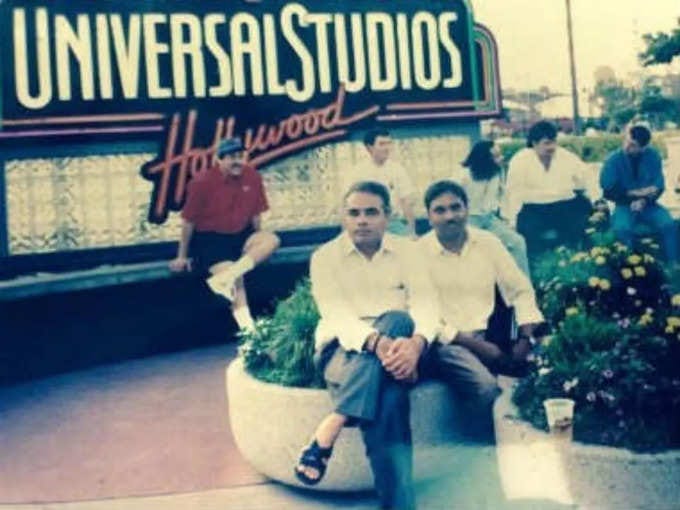
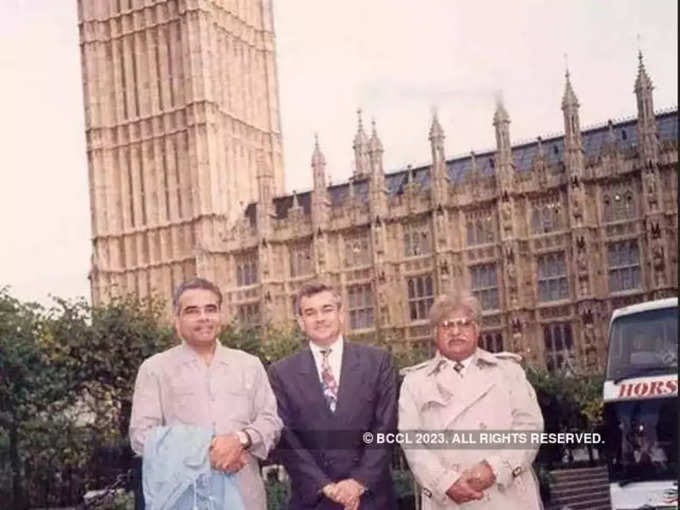

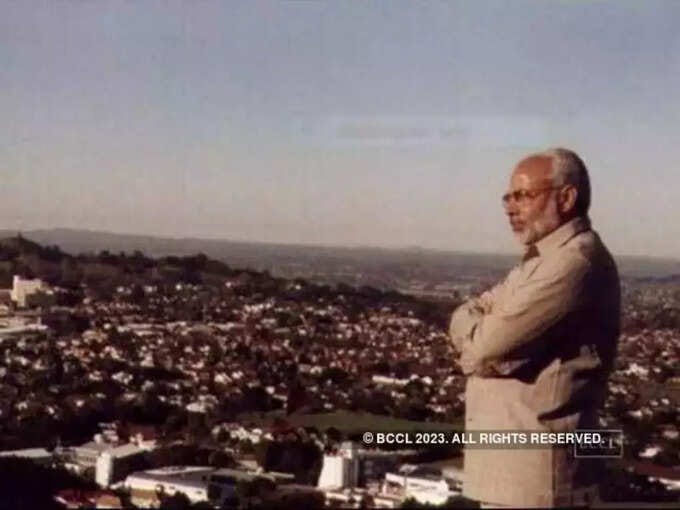


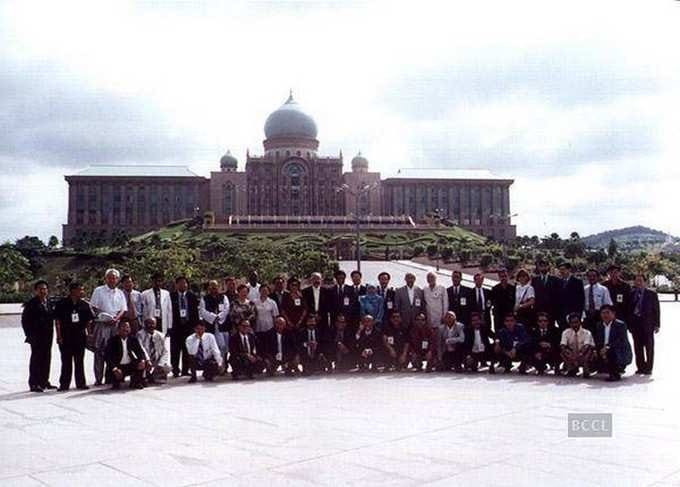

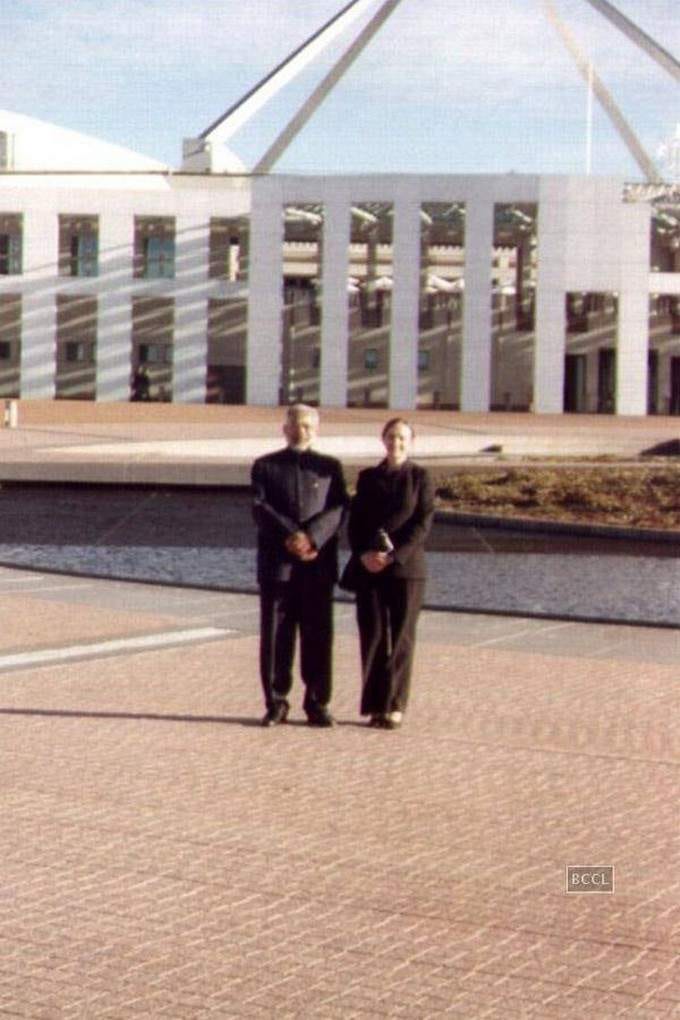
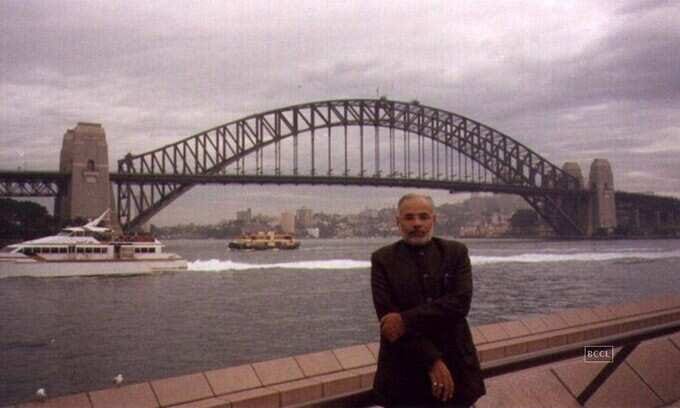

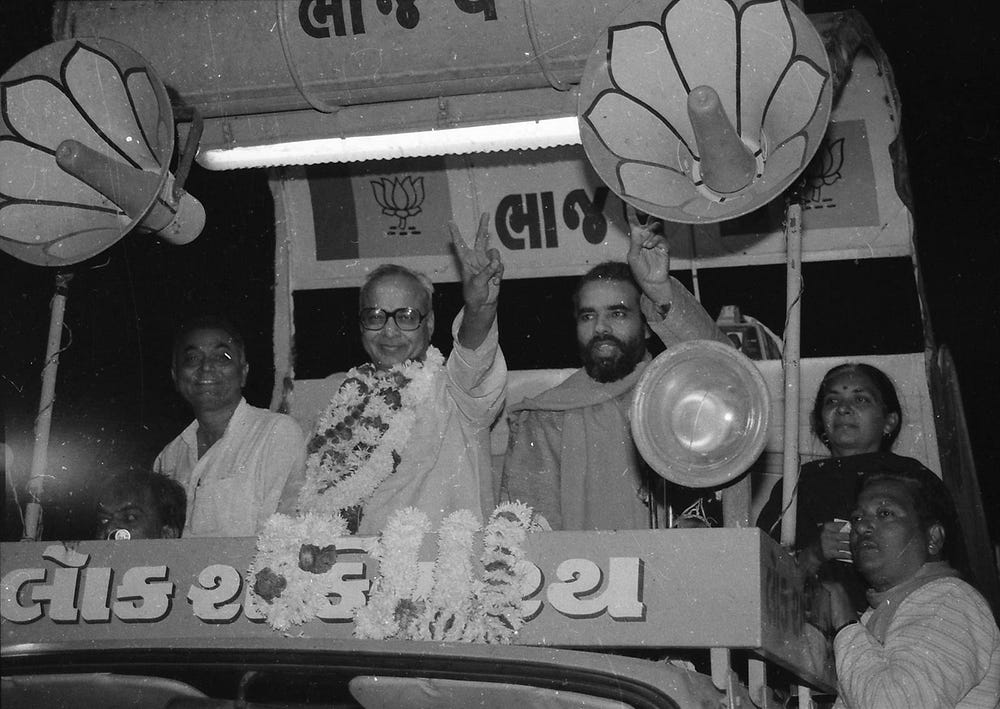
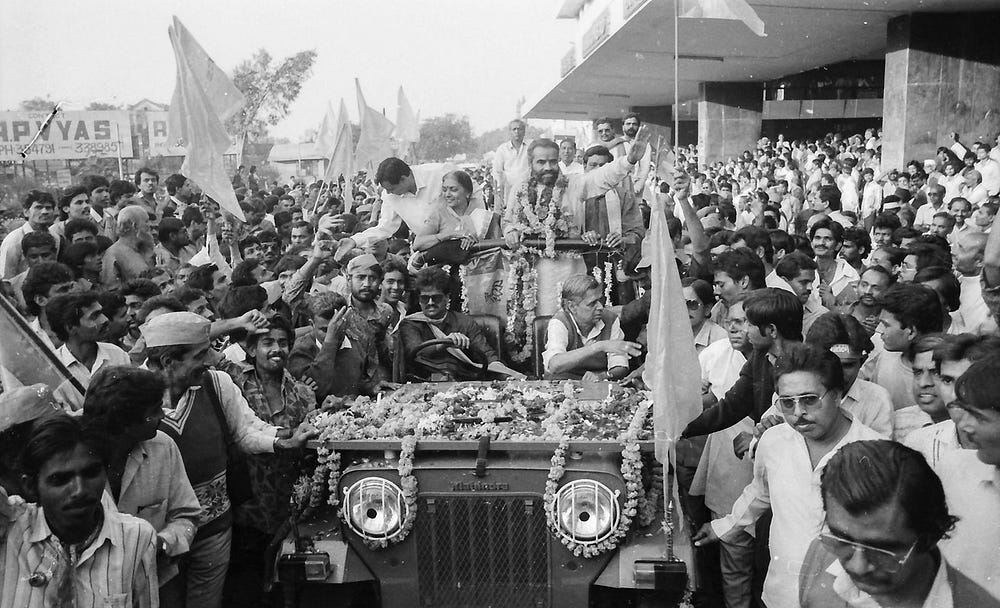
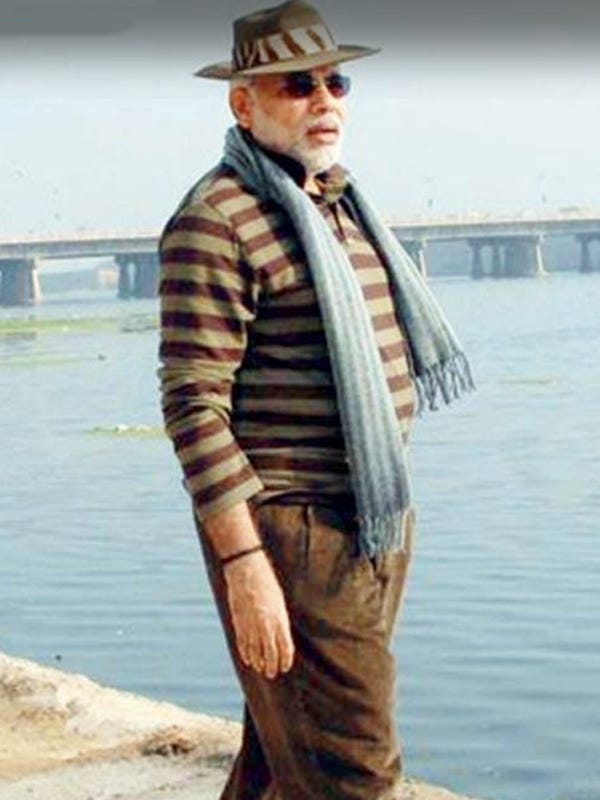
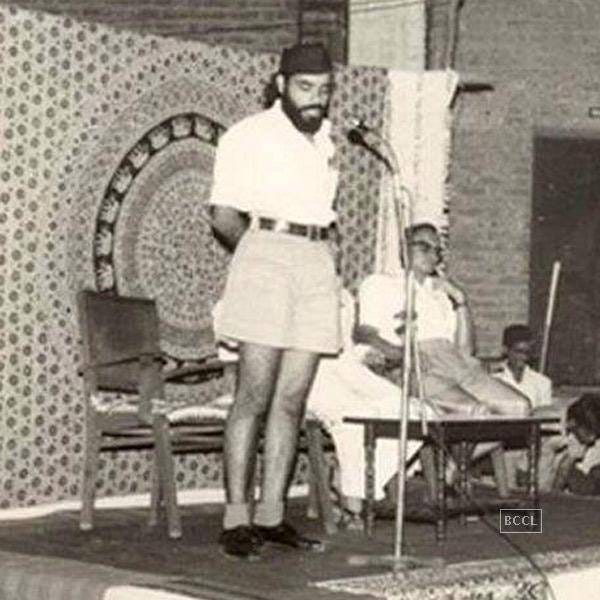

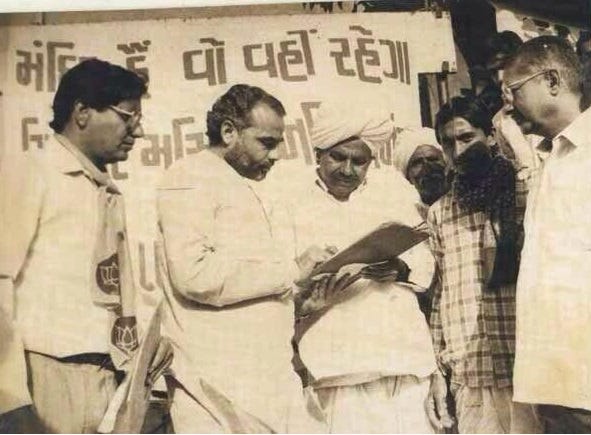
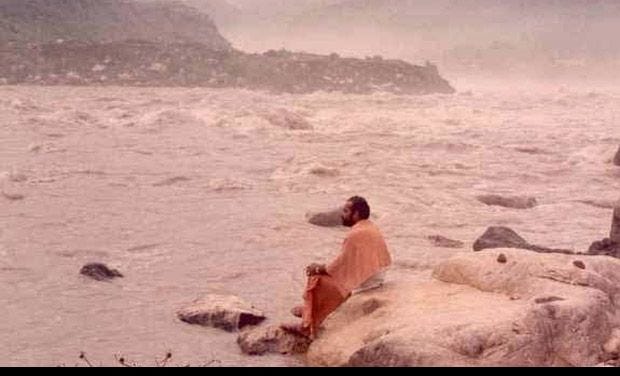
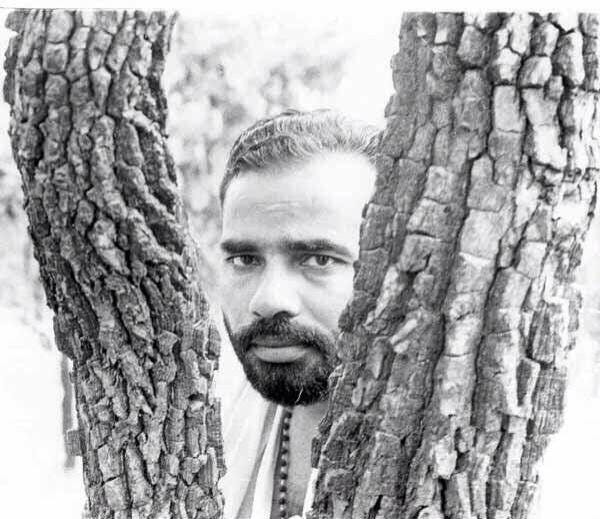
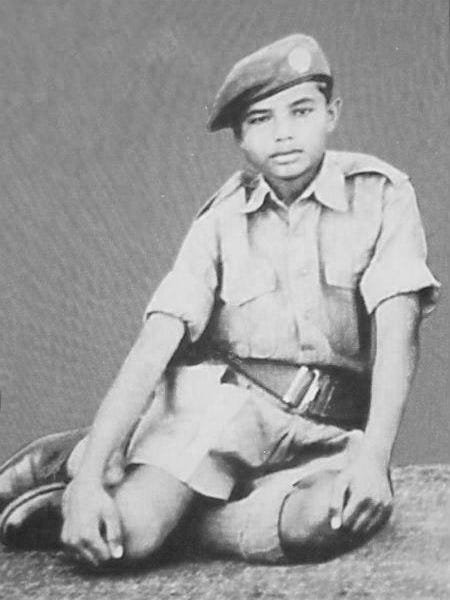

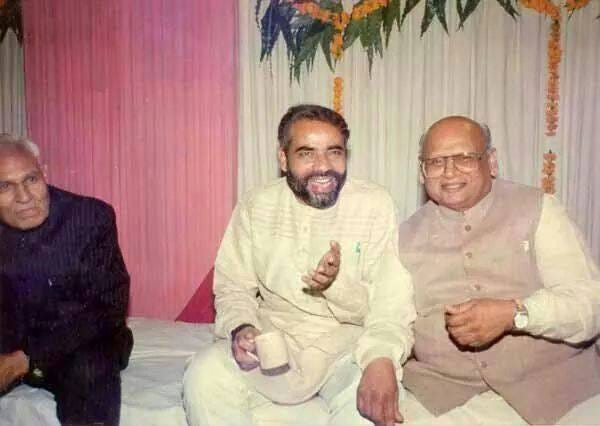
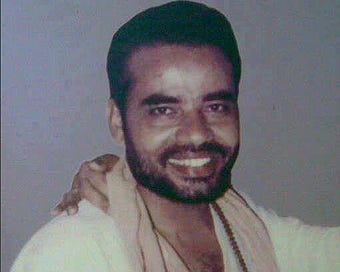
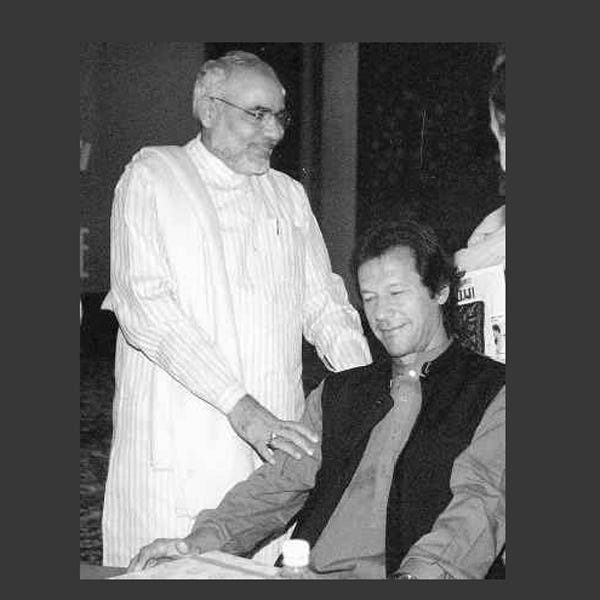
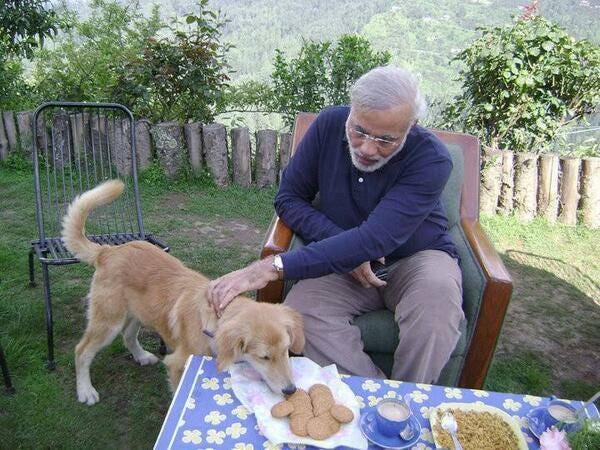
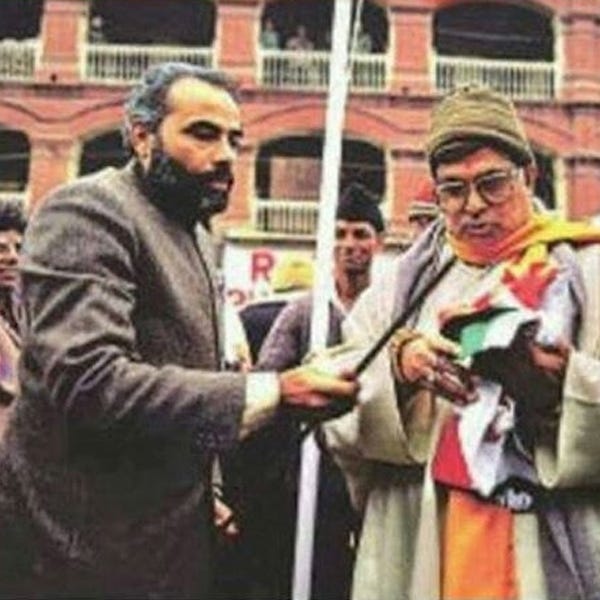
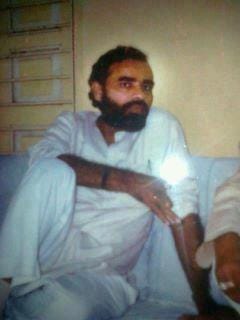
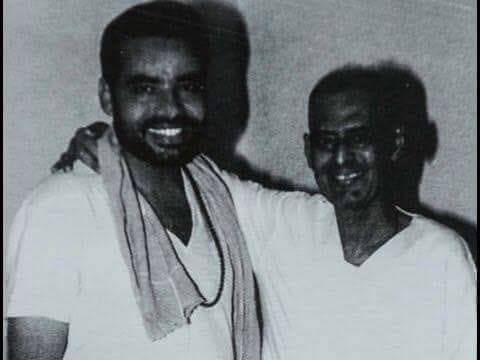

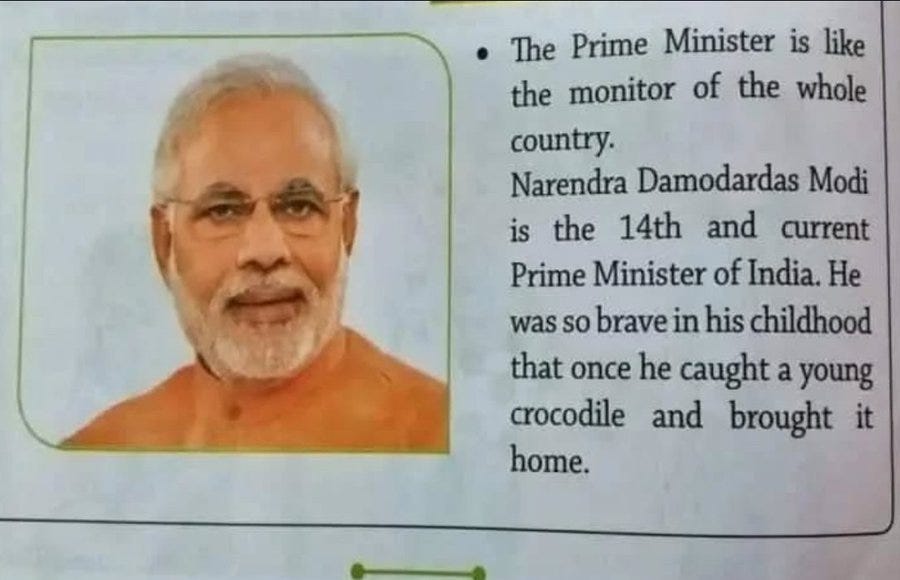
 |
| Modi visiting the crashed Boeing 787 plane |
The Shadow of Karma: How an Ancient Doctrine Cemented Centuries of Suffering for India’s Untouchables
The Shadow of Karma: How an Ancient Doctrine Cemented Centuries of Suffering for India’s Untouchables In the labyrinth of India’s social h...
-
Intelligence Quotient (IQ) is often used as a measure of cognitive ability, sparking debates about its implications for individuals and na...
-
The Story of India’s Ancient Migrations: AASI, ASI, ANI and How They Shaped Us ndia’s history isn’t just about kings and kingdoms — it’s a...
-
In India, touching the feet of elders is a gesture so ingrained in the cultural fabric that it’s almost instinctive. Walk into a family ga...








